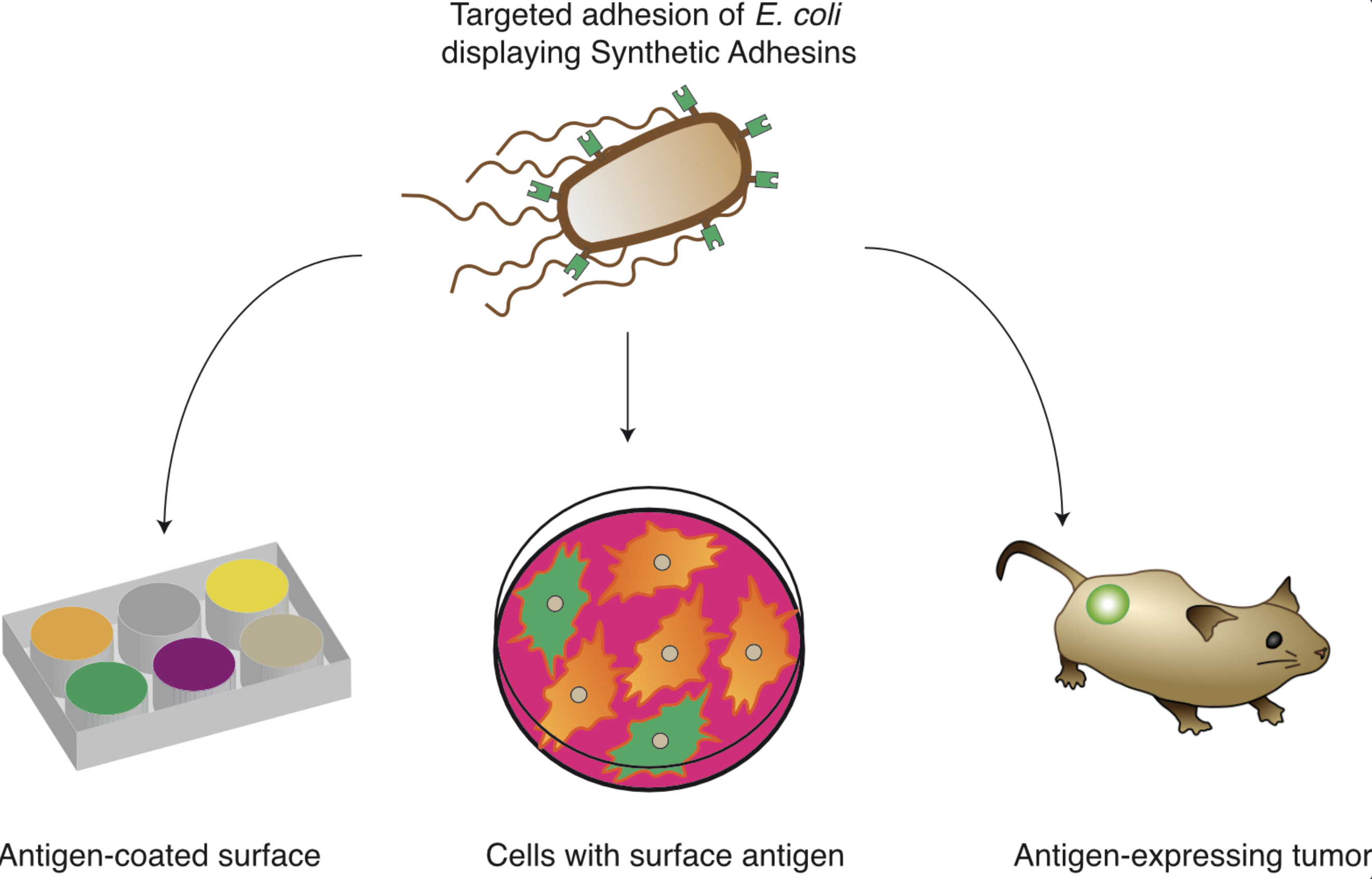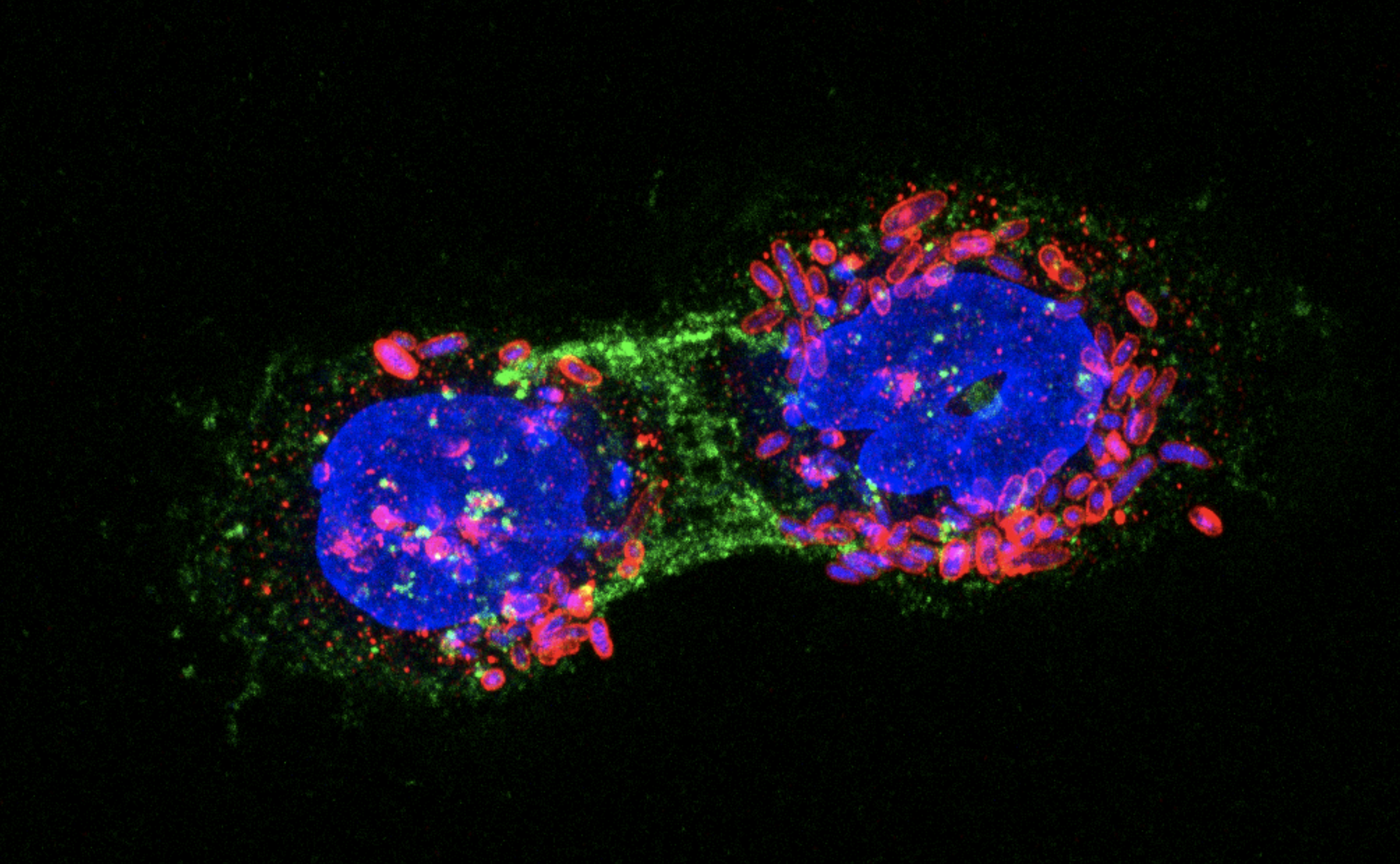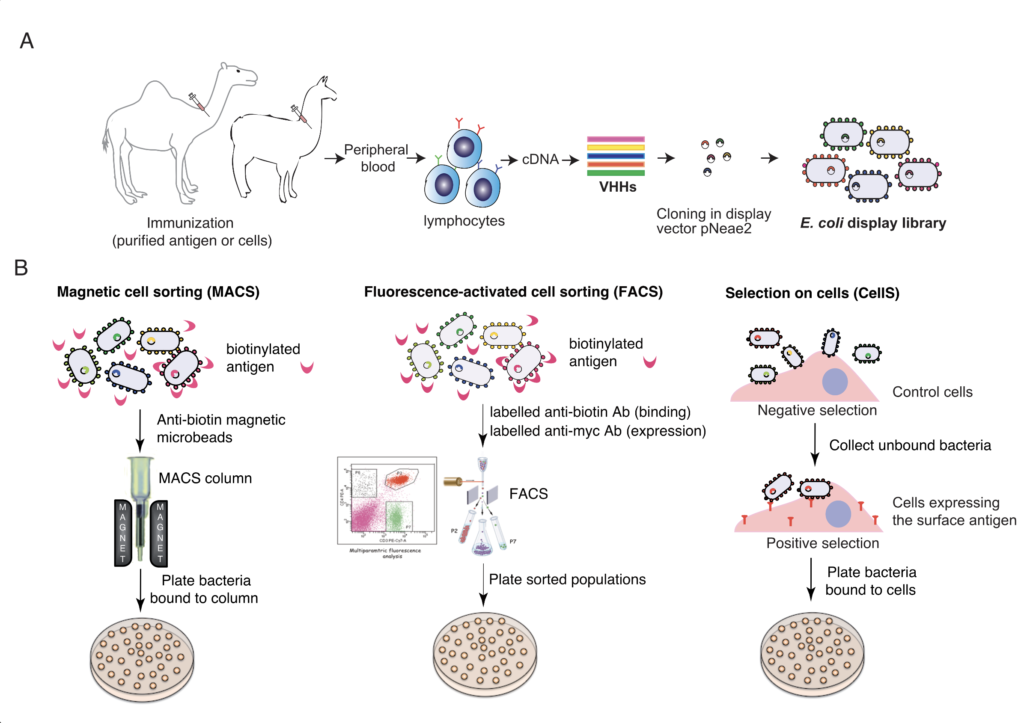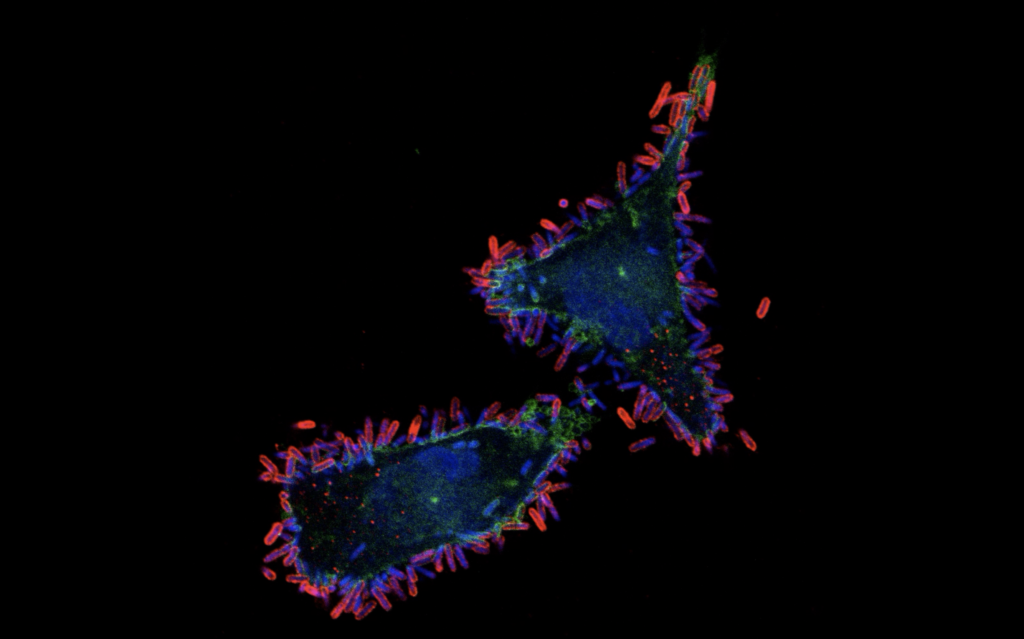CSIC
Description:
The National Biotechnology Centre (CNB; www.cnb.csic.es) of the Spanish National Research Council (CSIC; www.csic.es) is the leading Biological Research facility in the Public domain in Spain. Since its start in 1992, it has maintained very productive programs in Microbial Biotechnology, Structural Biology, Plant Molecular Biology, Molecular and Cellular Biology, Immunology, and Oncology.
The CNB is located within the campus of the Autonomous University of Madrid (UAM; www.uam.es), that harbours the single most important constellation of scientists in Spain, and as a consequence, the centre has extensive human and material resources for the execution of this proposal. Besides, the CSIC is responsible for ca.20% of international scientific publications of Spain and for 30% of the Spanish European patents.


Luis Ángel Fernández (M) (ORCID: 0000-0001-5920-0638) is a CSIC Investigator and leads since 2005 a research group in CNB aimed to engineer E. coli bacteria for biomedical applications, including the selection of small single domain antibodies (nanobodies) and the design of E. coli strains for diagnostic and therapeutic applications. His group studies protein secretion systems from pathogenic bacteria that can be applied in non-pathogenic E. coli for display and delivery of therapeutic proteins, including nanobodies. He has published 64 peer-reviewed scientific publications with >2100 citations (ISI WOS) and h- index 27. He is co-inventor of 4 international patents and Director of 10 PhD thesis. He is member of the Editorial Board of Current Opinion in Biotechnology and Microbial Biotechnology journals. Since 2003 has been PI funded by the Spanish Ministry of Science and Coordinator of the R+D Programme “Angiobodies” funded by Madrid Government (2006-2016). His group has participated in EU-funded projects as IP (EuroPathogenomics LSHB-CT-2005-512061) and collaborator (ERC ERC-2012-ADG_20120314) as well as in other international projects (Welcome Trust LCCM_P59474).
Role in the project :
CSIC will lead WP1 (Synthetic bacterial receptor scaffolds of metastatic tumor cells and pilot bacterial strains)
CSIC will participate actively in WP2 (Transenvelope signaling).
Infrastructure and facilities :
The CNB institute is included in the list of Excellence Centers in Spain (Severo Ochoa Program). The CNB provides access to state-of-the-art equipment and technologies. The CNB core facilities include every state-of-the-art equipment (e.g. Flow Cytometry, Microscopy, Proteomics, Tissue&Cell culture, etc.) and technical support required for the successful completion in this project.
At the same time, CNB provides an excellent environment for multidisciplinary research and training for pre-doctoral and post- doctoral fellows in the broad field of Biotechnology.

Related projects and publications :

Engineering E. coli against tumors (BIO2017-89081R), Artificial Immune System (ERC-2012-ADG_20120314).
LIST OF 5 PUBLICATIONS.
- Ruano-Gallego D, Yara DA, Di Ianni L, Frankel G, Schüller S, Fernández LÁ. A nanobody targeting the translocated intimin receptor inhibits the attachment of enterohemorrhagic E. coli to human colonic mucosa. PLoS Pathog. 2019;15(8):e1008031.
- Ruano-Gallego D, Fraile S, Gutierrez C, Fernández LÁ. Screening and purification of nanobodies from E. coli culture supernatants using the hemolysin secretion system. Microbial Cell Factories. 2019;18(1):47.
- Salema V, Fernández LÁ. Escherichia coli surface display for the selection of nanobodies. Microbial Biotechnology. 2017;10(6):1468-84.
- Salema V, Mañas C, Cerdán L, Piñero-Lambea C, Marín E, Roovers RC, Van Bergen PM, Fernández LÁ. High affinity nanobodies against human epidermal growth factor receptor selected on cells by E. coli display. MAbs. 2016;8(7):1286–301.
- Piñero-Lambea C, Bodelón G, Fernández-Periáñez R, Cuesta AM, Álvarez-Vallina L, Fernández LA. Programming Controlled Adhesion of E. coli to Target Surfaces, Cells, and Tumors with Synthetic Adhesins. ACS synthetic biology. 2015;4(4):463-73.
